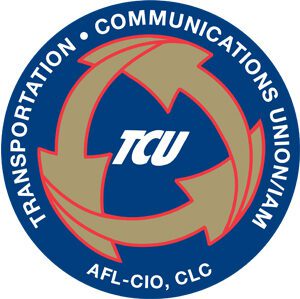The National Mediation Board (NMB) is proposing to change representation election rules in both the railroad and airline industry. The proposed changes will allow workers to vote for union representation with a “yes” or “no” and determine the election by majority vote. This will remove the rule that votes not cast would be counted as “no”.
In a statement from the NMB, “Few if any democratic elections are conducted in this manner, in our society, free choice is expresses on the basis of a majority of valid votes cast in an election.” The statement went on to say, “The proposed change, if adopted, should bring the board’s election process in line with industry developments and discourage employee non-participation by giving every employee a chance to express their preference for or against representation.”
Edward Wytkind, President of the AFL-CIO Transportation Trades Department said in an article published in the Huffington Post, “The deck is stacked against airline and railroad workers when it comes to union elections. That’s why airline CEO’s are working so hard to defend current election procedures that count all workers who sit out elections as “no” votes.
Americans are accustomed to elections where a simple majority of those voting decides the outcome—whether they’re voting for PTA president or U.S. senator. Not so for airline and railroad workers—who must first ensure that turnout exceeds 50 percent. How can we justify imposing higher turnout standards on airline and railroad union elections than we do in elections for the highest office of our land?
It’s time to let those who actually come out and vote decide the outcome of union elections in the airline and railroad industries. The airlines are essentially arguing against a voting system that has been the law of the land for more than 200 years in American democracy.”
Click here for the press release from the TTD.
Click here to read the IAM view of this issue.
Click here to read the Huffington Post article.
Click here to read the AFL-CIO blog on this topic.

